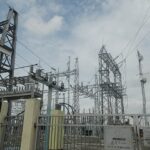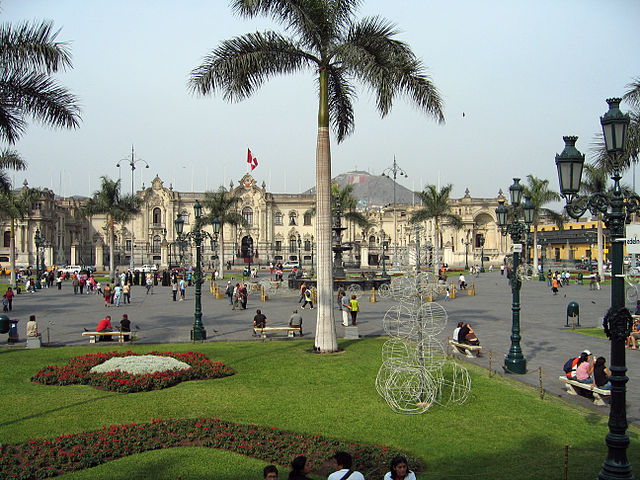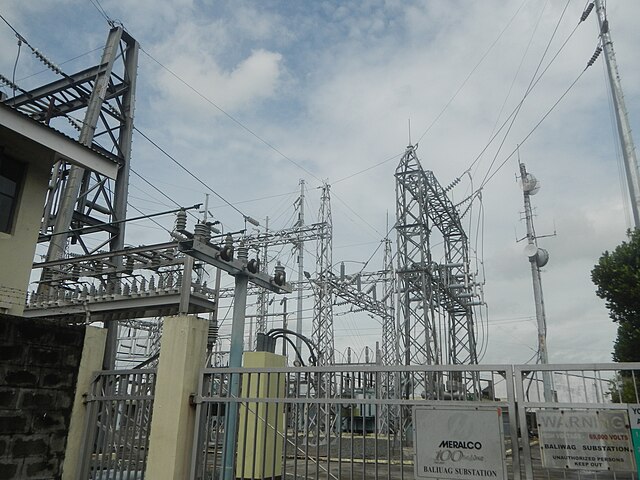July 15, 2023. In recent years, Peru has experienced fluctuations in its national production, reflecting the complexities of its economy. The report released by the National Institute of Statistics and Informatics (INEI) sheds light on the country’s economic performance in May 2023. Taking a perspective that emphasizes the importance of individual freedom, limited government intervention, and market dynamics, it is essential to examine the impact of various factors on the sectors that experienced both growth and contraction.
The report indicates that national production decreased by 1.43% in May 2023 compared to the same period the previous year. Sectors such as Manufacturing, Construction, Finance and Insurance, Fishing, Agriculture, and Telecommunications contracted, while Mining and Hydrocarbons, Other Services, Commerce, Public Administration, Electricity, Gas and Water, Transportation, Storage and Courier Services, Accommodation and Restaurants, and Business Services contributed positively to overall production.
It is worth noting that the sectors experiencing contraction often face challenges associated with government regulations and interventions. These sectors are subject to bureaucratic hurdles, licensing requirements, and labor market regulations that hinder their ability to operate freely and efficiently. The decrease in production in these sectors may be attributed to the barriers imposed by excessive government control.
On the other hand, sectors such as Mining and Hydrocarbons, Commerce, and Electricity, Gas and Water demonstrated growth during this period. These sectors, which operate in a relatively more liberalized environment, have greater flexibility to respond to market forces and are less encumbered by government interference. The growth in these sectors can be attributed to the benefits of market competition, private investment, and innovation.
The decline in agricultural production, particularly in the Agricultural subsector, can be partly attributed to adverse weather conditions and natural phenomena. However, it is important to consider the impact of government policies that impose price controls, subsidies, and trade restrictions, which can distort market signals and hinder the sector’s ability to respond effectively to supply and demand dynamics. A more liberalized agricultural sector would foster greater productivity, efficiency, and resilience.
The Fishing sector experienced a significant decline in production, primarily due to reduced extraction of marine species. Factors such as government regulations and restrictions on fishing practices can have unintended consequences, stifling the potential of the industry to adapt and innovate.
The Mining and Hydrocarbons sector recorded notable growth, driven by increased production of metallic minerals. This growth highlights the importance of a market-driven approach to natural resource extraction. By allowing market forces to determine investment decisions and allocating resources based on supply and demand, the sector can thrive and contribute significantly to economic development. It is crucial, however, to ensure that mining activities adhere to strict environmental standards to protect local ecosystems and communities.
The report also indicates a decline in the Manufacturing sector, particularly in the primary subsector. Excessive regulations, high taxation, and burdensome labor laws often hamper the growth and competitiveness of the manufacturing industry. A more liberal approach to regulations, tax reform, and labor market flexibility would enable businesses to adapt to market demands, encourage investment, and foster job creation.
The positive growth observed in sectors such as Commerce, Transportation, and Business Services can be attributed to the principles of free trade and entrepreneurship. When businesses are given the freedom to compete and innovate, they can respond to consumer demands, create employment opportunities, and contribute to economic growth.
From this perspective, it is evident that sectors operating in a more liberalized environment tend to exhibit stronger growth and resilience. By reducing government interventions, promoting free markets, and ensuring a level playing field for all participants, Peru can unleash the full potential of its economy and create an environment conducive to sustained economic growth.
It is important to note that embracing market forces does not imply a complete absence of government. A balanced approach is required, one that allows for individual freedom, private enterprise, and market competition, while also addressing societal needs and providing a safety net for the most vulnerable. Striking this balance is essential for achieving sustainable economic development. In conclusion, the report on Peru’s economic trends in May 2023 provides valuable insights from a perspective that emphasizes market dynamics and limited government intervention. By embracing these principles, Peru can create an environment that fosters economic growth, innovation, and prosperity for all its citizens. It is through this approach that the country can overcome challenges, diversify its economy, and achieve long-term sustainable development.










